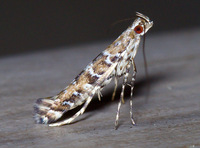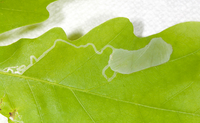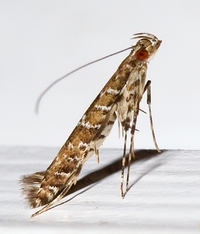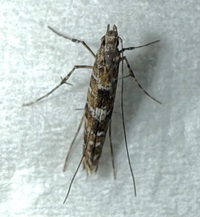
| Recorded by: Marilyn Westphal on 2025-12-17
Henderson Co.
Comment: | 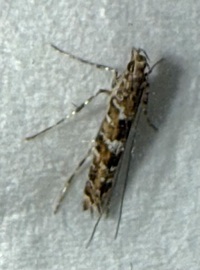
| Recorded by: Marilyn Westphal on 2025-12-17
Henderson Co.
Comment: |

| Recorded by: Jim Petranka on 2025-11-21
Madison Co.
Comment: | 
| Recorded by: Lenny Lampel on 2025-06-26
Stokes Co.
Comment: |

| Recorded by: Ken Kneidel on 2025-06-08
Yancey Co.
Comment: | 
| Recorded by: Ken Kneidel on 2025-06-08
Yancey Co.
Comment: |

| Recorded by: Ken Kneidel on 2025-06-08
Yancey Co.
Comment: | 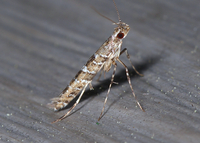
| Recorded by: Jim Petranka on 2025-04-27
Madison Co.
Comment: |
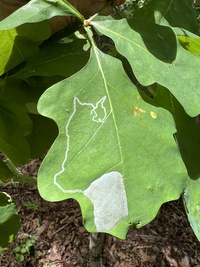
| Recorded by: Stephen Dunn on 2025-04-23
Orange Co.
Comment: | 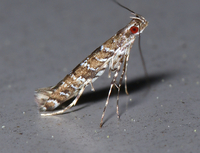
| Recorded by: Jim Petranka on 2025-04-20
Madison Co.
Comment: |

| Recorded by: Jim Petranka on 2024-11-07
Madison Co.
Comment: | 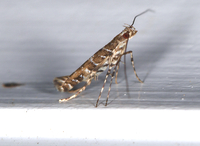
| Recorded by: Jim Petranka on 2024-07-16
Madison Co.
Comment: |

| Recorded by: Jim Petranka on 2024-06-29
Madison Co.
Comment: | 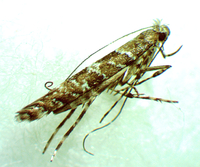
| Recorded by: Ken Kneidel on 2024-06-24
Watauga Co.
Comment: |
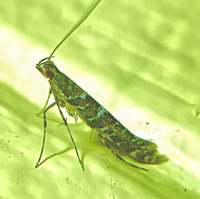
| Recorded by: Ken Kneidel on 2024-06-24
Watauga Co.
Comment: | 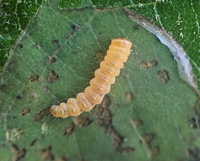
| Recorded by: Samuel Cannon on 2024-05-07
Orange Co.
Comment: iNat record - https://www.inaturalist.org/photos/378625088 |
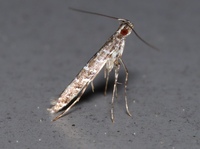
| Recorded by: Jim Petranka on 2024-05-05
Madison Co.
Comment: | 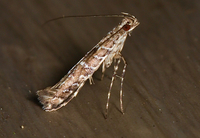
| Recorded by: Jim Petranka on 2023-09-24
Madison Co.
Comment: |
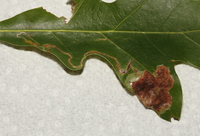
| Recorded by: David George, Stephen Dunn on 2023-08-12
Caswell Co.
Comment: unoccupied upper-surface mine on Quercus alba | 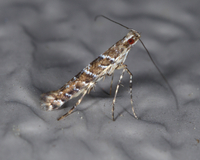
| Recorded by: Jim Petranka on 2023-08-06
Madison Co.
Comment: |

| Recorded by: David George, Stephen Dunn, Jeff Niznik on 2023-07-31
Macon Co.
Comment: | 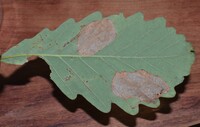
| Recorded by: David George, Stephen Dunn, Jeff Niznik on 2023-07-31
Macon Co.
Comment: |

| Recorded by: David George, Stephen Dunn, Jeff Niznik, Rich Teper, Becky Watkins on 2023-07-30
Swain Co.
Comment: | 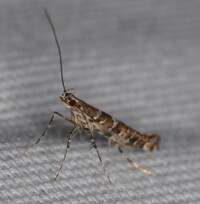
| Recorded by: David George, Stephen Dunn, Jeff Niznik, Rich Teper, Becky Watkins on 2023-07-30
Swain Co.
Comment: |

| Recorded by: David George, Stephen Dunn, Jeff Niznik, Rich Teper, Becky Watkins on 2023-07-30
Swain Co.
Comment: | 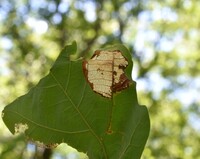
| Recorded by: David George, Stephen Dunn, Jeff Niznik, Rich Teper, Becky Watkins on 2023-07-30
Swain Co.
Comment: |
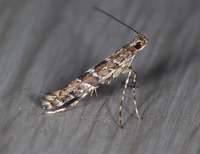
| Recorded by: Jim Petranka on 2023-07-26
Madison Co.
Comment: | 
| Recorded by: Jim Petranka on 2023-07-17
Madison Co.
Comment: |
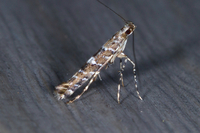
| Recorded by: Jim Petranka on 2023-07-14
Madison Co.
Comment: | 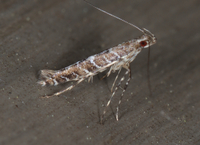
| Recorded by: Jim Petranka on 2023-04-15
Madison Co.
Comment: |
|

 »
»